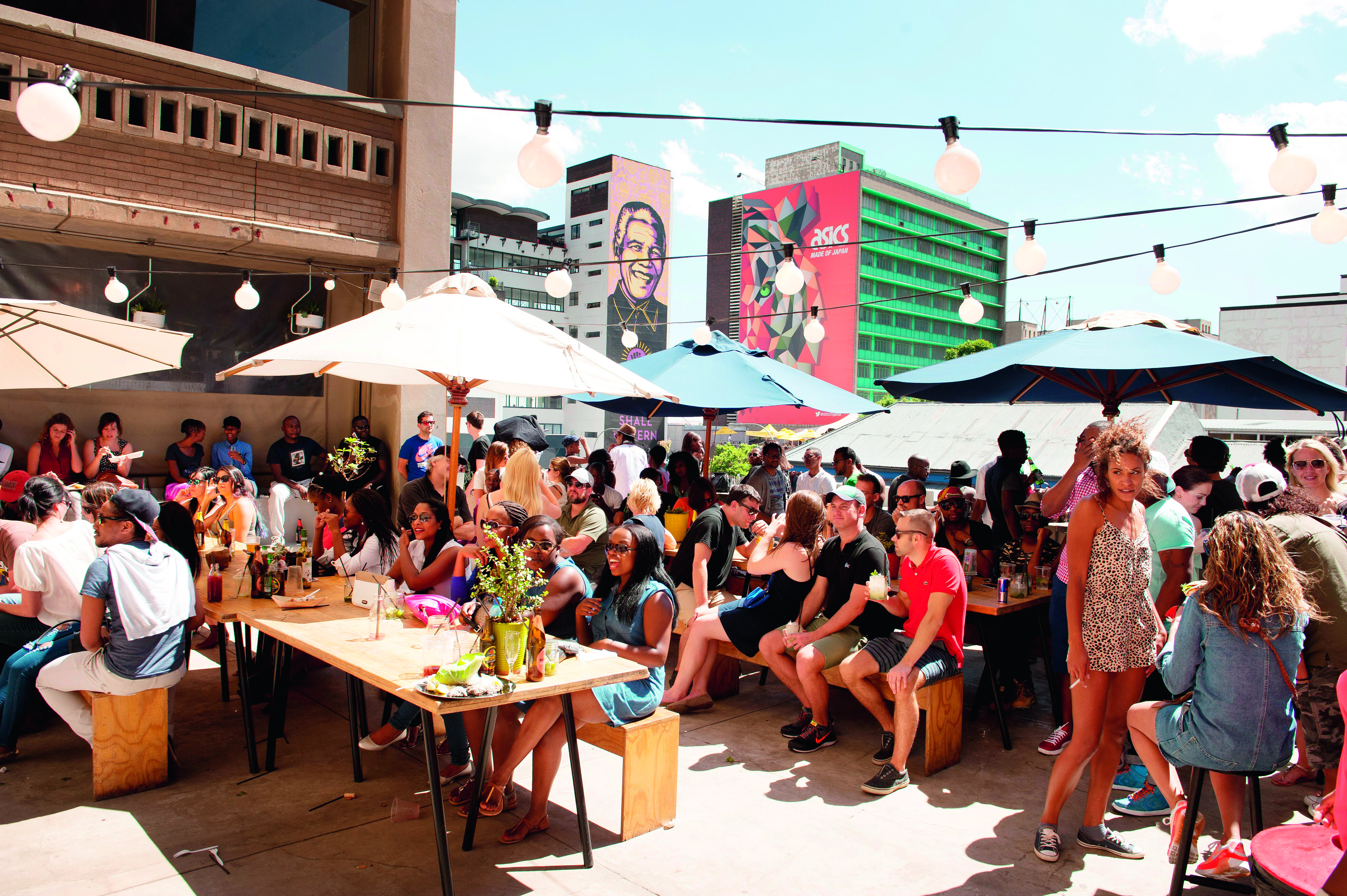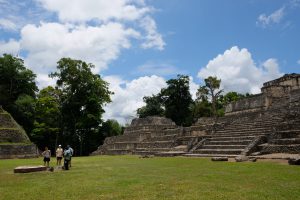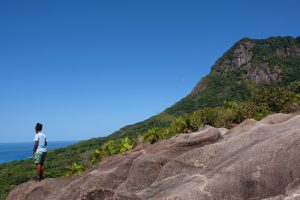
Guided tours of Johannesburg’s uber-cool Maboneng Precinct and vibrant Soweto township confound expectations about crime to reveal a metropolis offering hip hangouts and unmissable history lessons
Watch the accompanying campaign video here
“Can you feel it? There’s a tangible energy here,” local artist Bongani Mathebula rhapsodises on my tour of Maboneng. He waxes lyrical about the urban regeneration projects and art scene reclaiming South Africa’s largest city from its notorious — and outdated — reputation for violence. As we explore the Sunday market stalls in Maboneng Precinct, it’s clear we’re somewhere special. We skirt an al-fresco drum workshop and head into the Arts on Main complex. This former warehouse was the epicentre of the neighbourhood’s transformation from a no-go zone to a welcoming creative and commercial hub a decade ago.
Dancers and musicians showcase their talents outside trendy brunch spots. Murals and art installations surprise us at each turn. And everyone is smiling. I’m enchanted. “If you’ve only got a weekend in Johannesburg but want to know the direction of the city, Maboneng is the place to come,” Bongani insists.
Later, I leave the city centre with its profusion of jacaranda trees and drive to the township of Soweto on Johannesburg’s southern periphery. “During apartheid it was unusual to see people of different races gathering in Soweto; the only [white] people that came were the police to cause trouble. Today, everyone is free to roam around.”
My guide to Jo’burg is the charismatic Charles Ncube, who was, in his words,“born, bred and buttered” in Soweto. While organised bus trips through the township are popular with tourists, Charles advocates for his style of tour. It involves taking to the streets, meeting the locals and tasting traditional food. “I tell people it’s not a safari. You should come out of the vehicle,” he says.
We stop at Soweto Towers, a brightly decorated former power station repurposed as an extreme sports attraction. There’s also a bar and shisa nyama (BBQ) grill showcasing live music every Sunday. Next up: Lebo’s Backpackers, where we eat potjiekos (stew cooked in pots over coals) and drink home-brewed umqombothi (homemade sorghum beer) in a funky garden bar. It’s here that I’m introduced to another Soweto native: Thando is a vision of Jo’burg Cool in a red dress and customised pumps, and manages tuk-tuk and bicycle tours from the hostel. We opt for two wheels and set off together to explore the area, with her and Charles riding at the front. We pedal past a raucous wedding celebration, gaggles of skipping children, and a bleak shop advertising ‘Buy one, get one free tombstones’. Soweto’s brand of authenticity and optimism mingled with stark truths lends itself to a unforgettable — and educational — day out.
We visit Nelson Mandela’s former home on Vilakazi Street and then the Hector Pieterson Memorial. “This square remembers a 13-year-old boy who was shot during the 1976 Soweto Uprising, where schoolchildren protested against a law forcing them to be educated in Afrikaans, a language they didn’t understand,” Thando tells me.
“Of course we must forgive, but we must not forget. It’s why I stand here sharing this history with you,” she explains. Charles nods. “We have to acknowledge our dark past to look to the future.
And Soweto is vibrant. It’s the place to be. Today, when they make it, footballers and celebrities choose to stay here in their home community. In our parents’ generation, Soweto meant: ‘So, where to?’ But now, we say: ‘So, we too.’ We are together. Anything is possible.”











